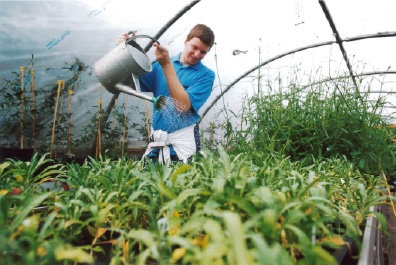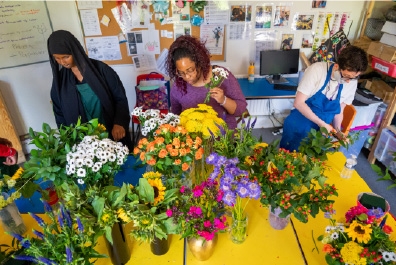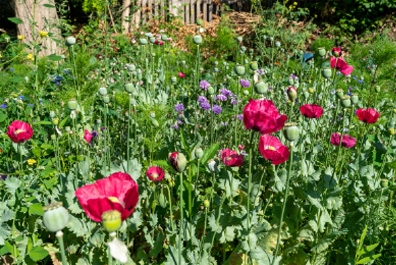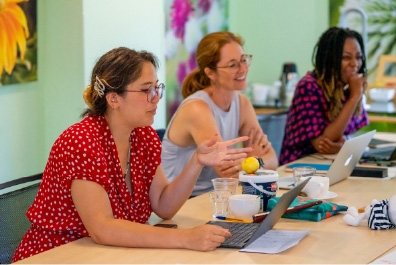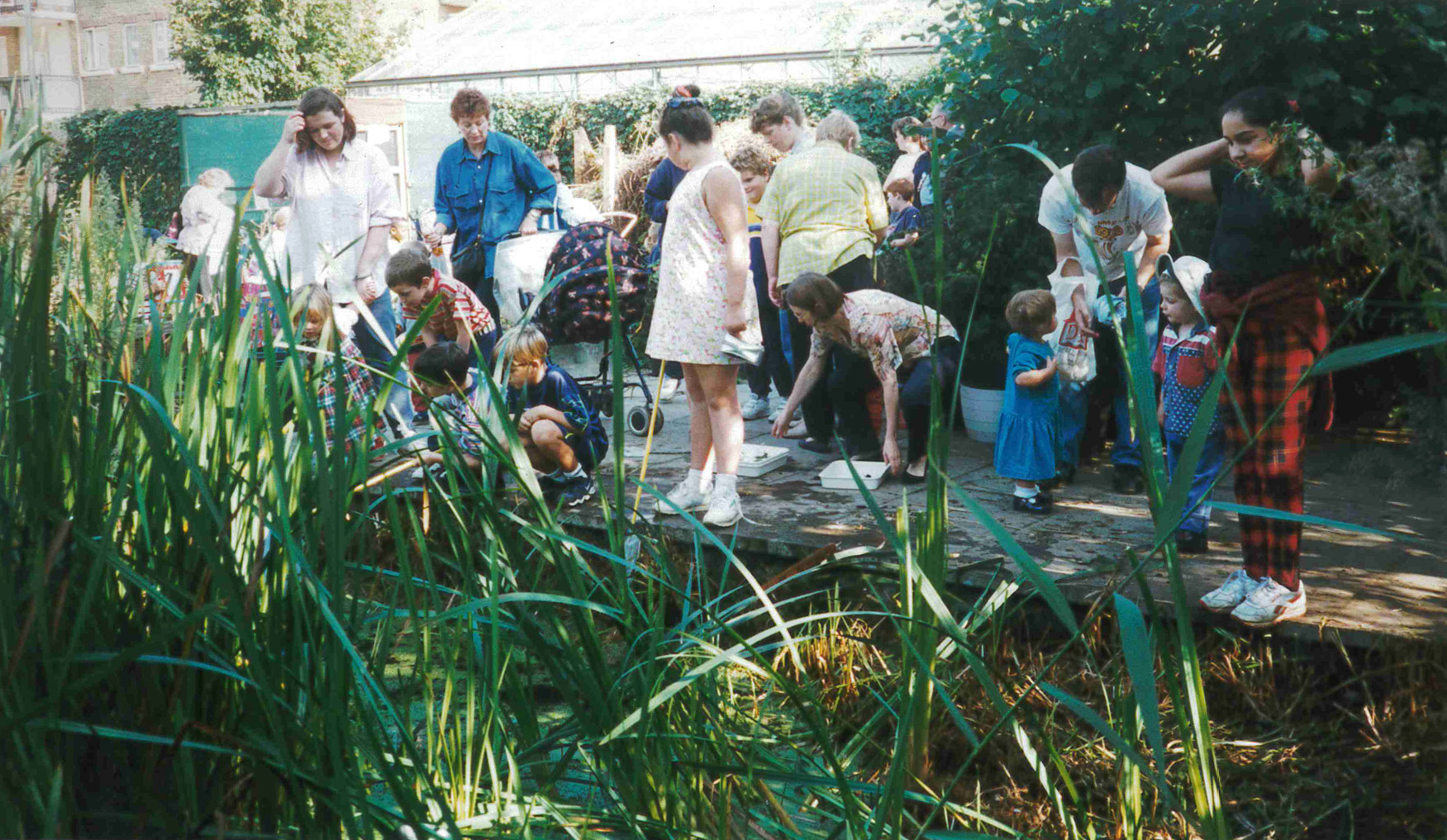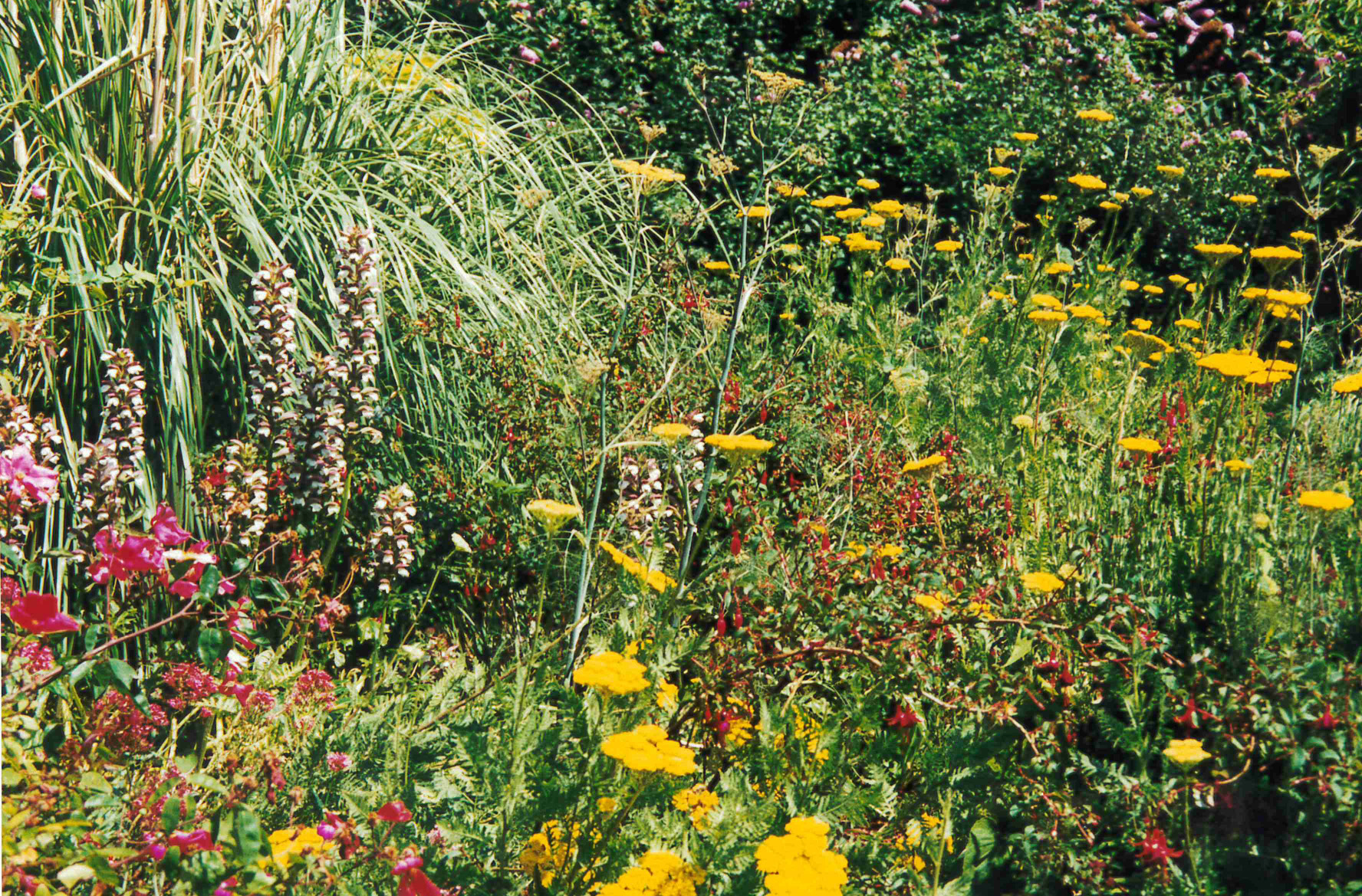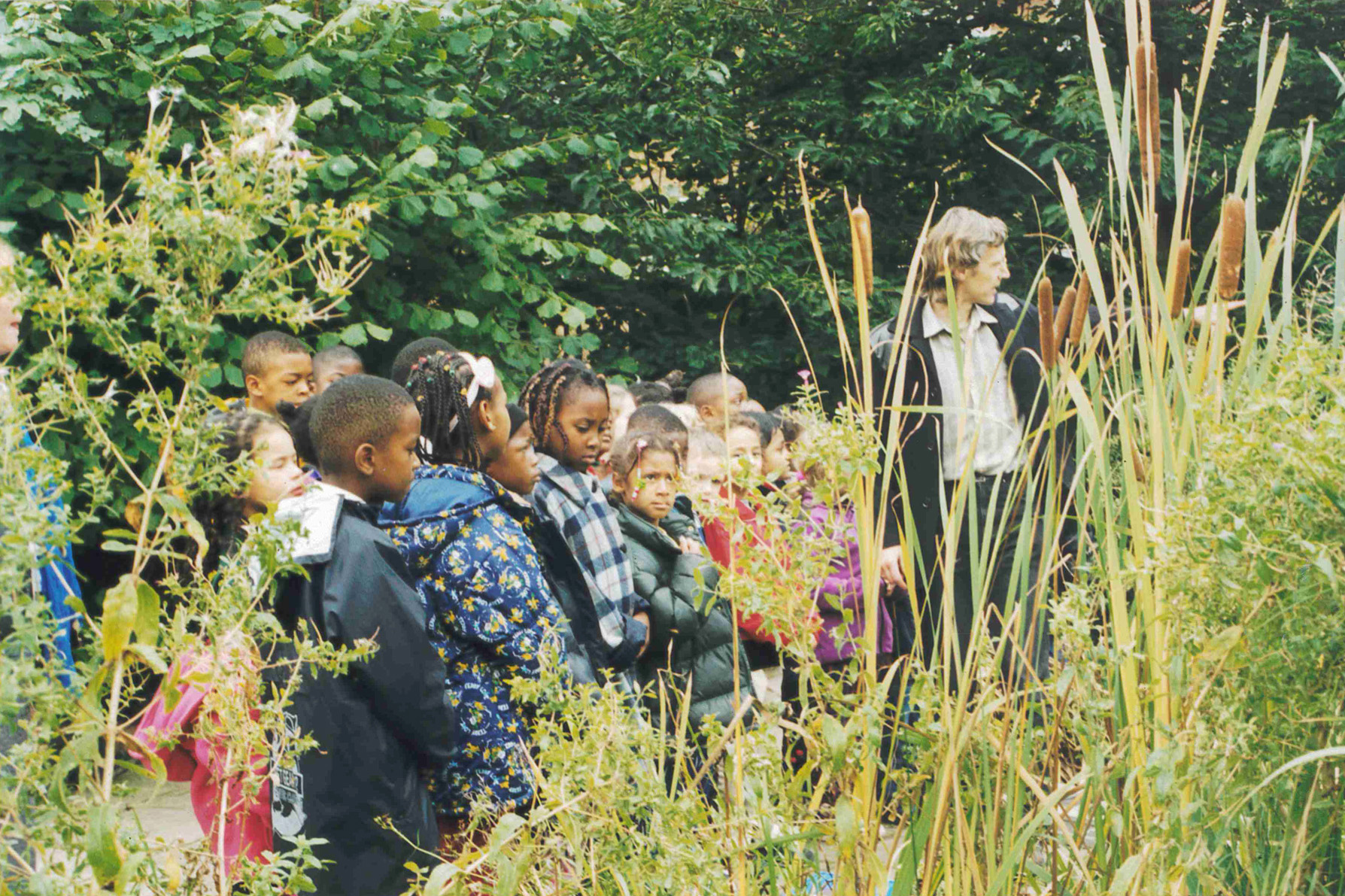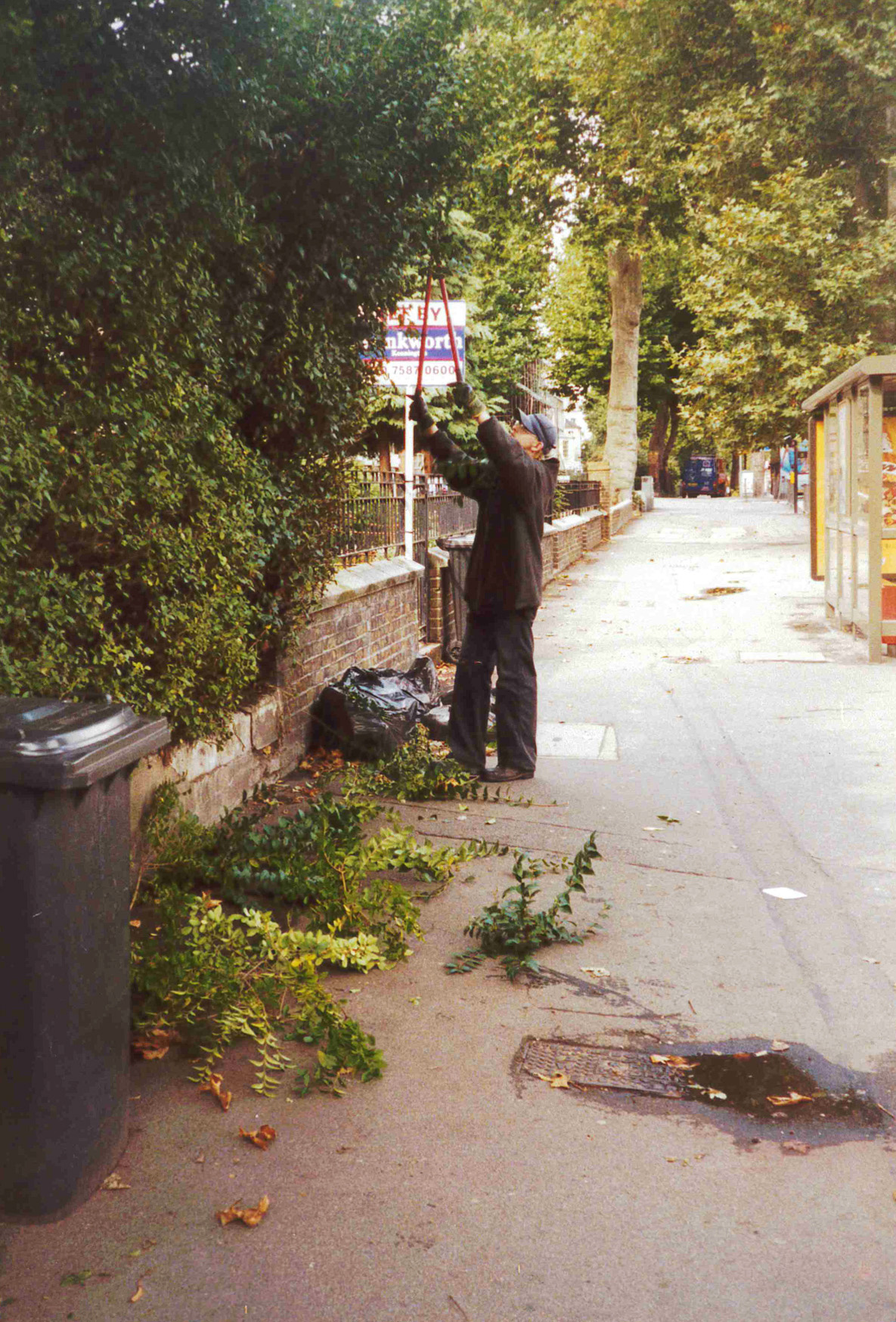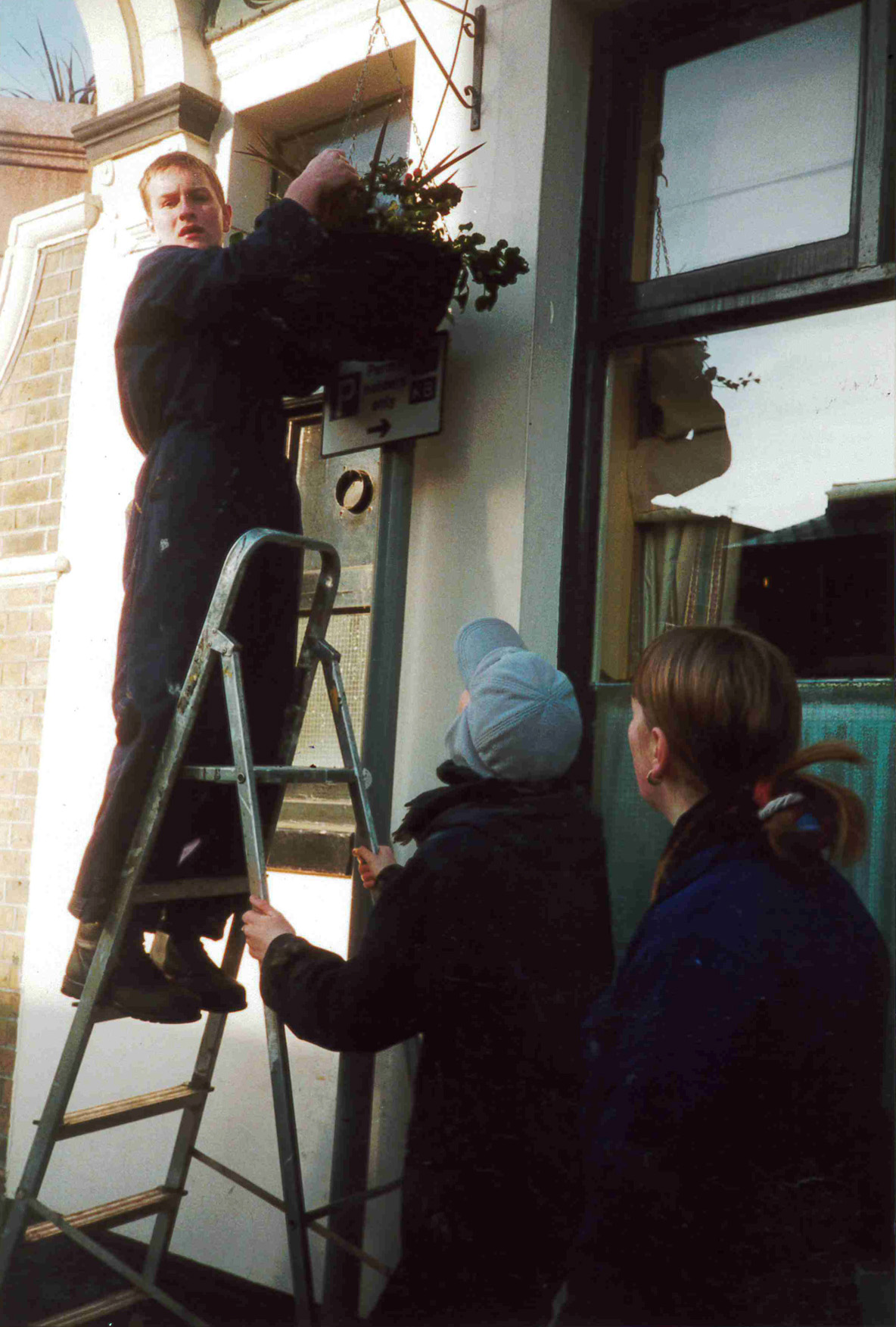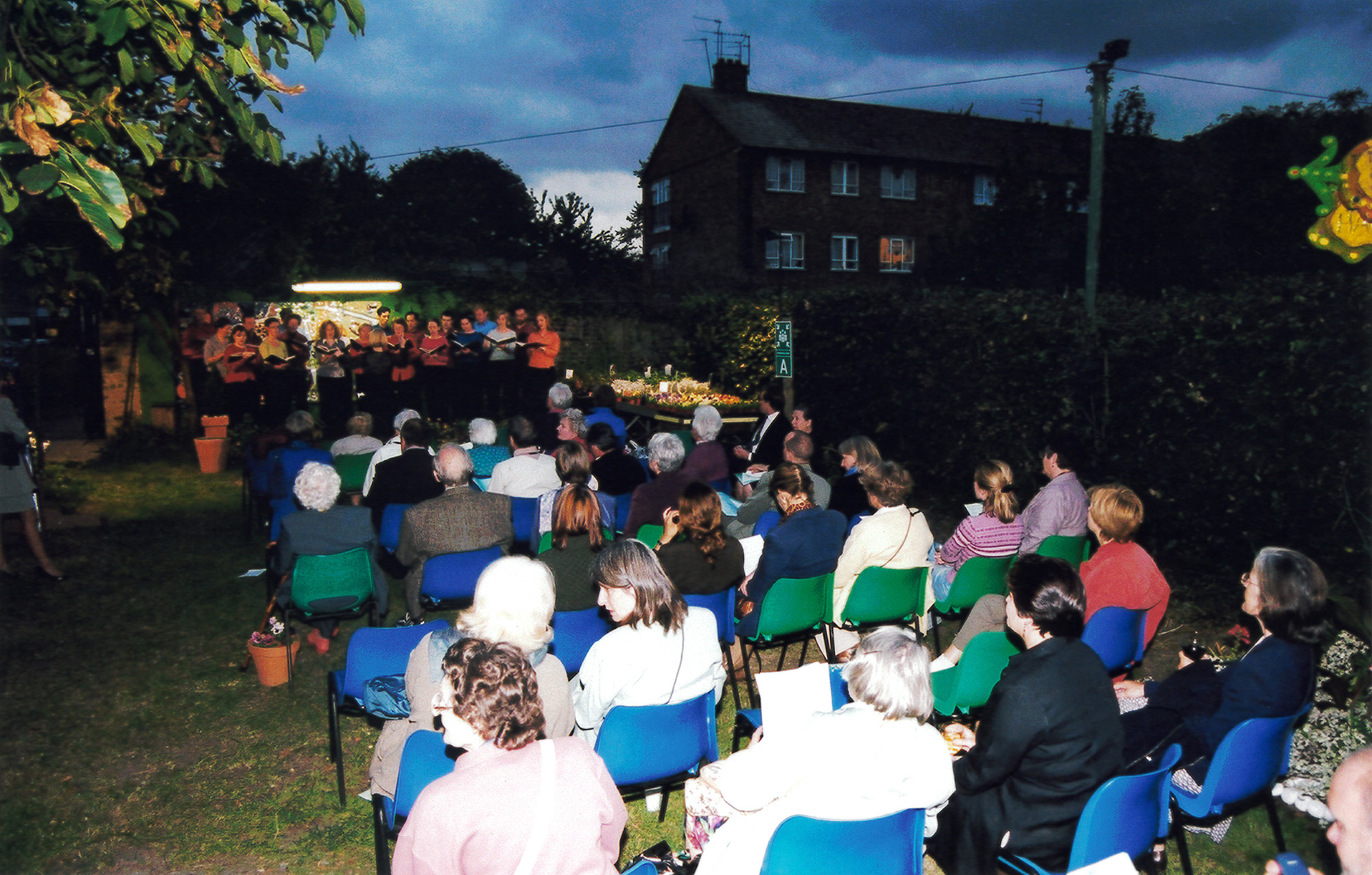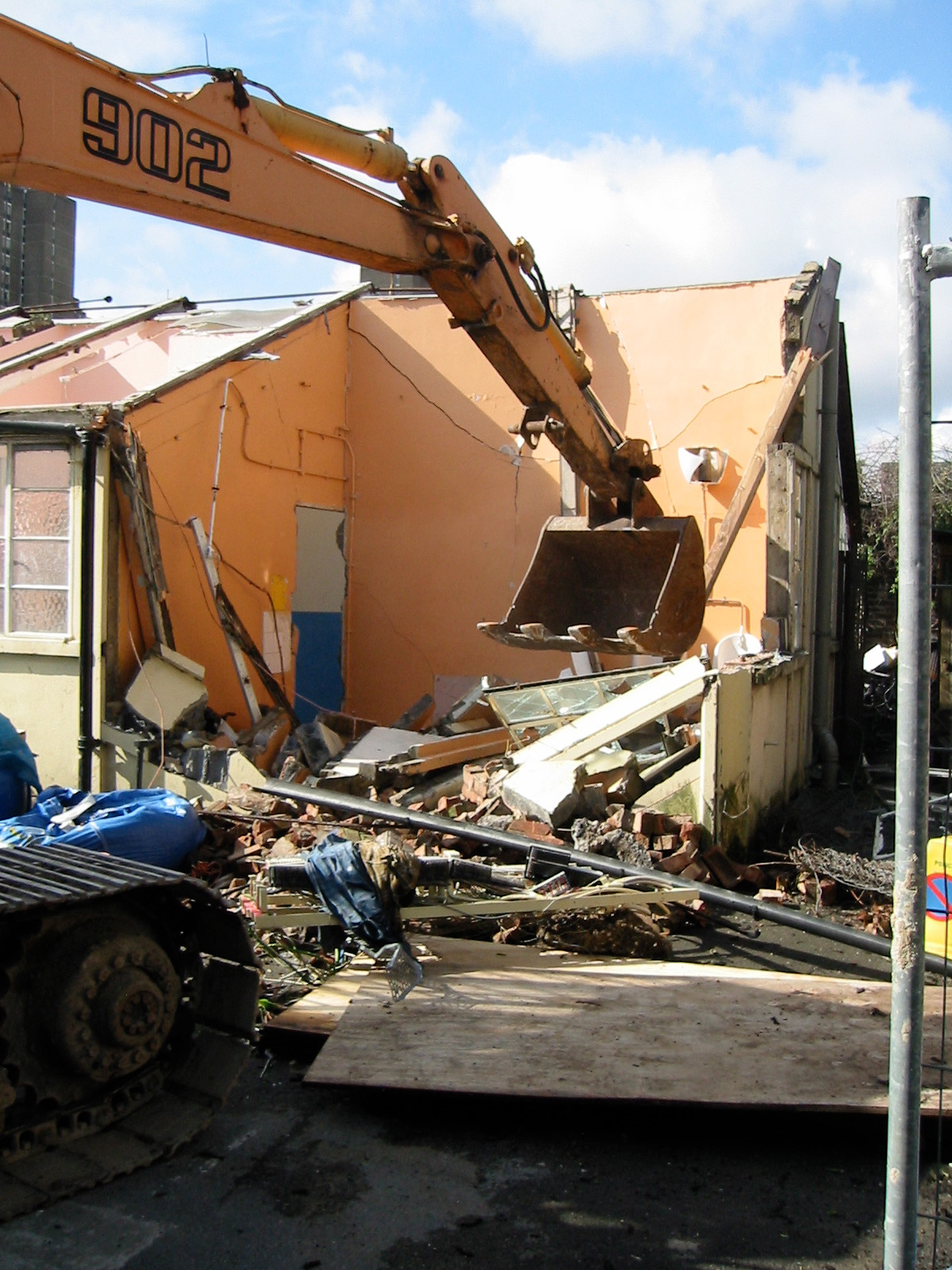From a derelict site in 1982, Roots and Shoots has grown to become a well-established and respected vocational training organisation with biodiverse wildlife gardens, offering a safe haven for both people and nature to flourish.
1998 Wild Garden and Environmental Education Development
Since the Wild Garden was opened in 1988, teachers from nearby Walnut Tree Walk Primary School had started to drop by to borrow plants, worms and snails to use in their nature classes, and they then began to visit with their pupils. One of these local teachers was our long-standing trustee Glenda King, who saw for herself the positive impact environmental education had on her pupils.
Roots and Shoots staff realised the enormous environmental educational possibilities of the green spaces, and once the charity became independent, applied for funding for an Environmental Educator to address this community need.
In 1998 Roots and Shoots received funding from City Bridge Trust to fund a new Environmental Educator role, and to develop the garden into a more educational space specifically focused on gardening for wildlife. Our Environmental Educator then began to give workshops to visiting local primary school classes in the Wild Garden, with pond dipping our most popular activity.
1990s and 2000s Roots and Shoots Students Working in the Community
In the 1990s and 2000s students began to work with staff outside of the Roots and Shoots site, doing paid horticultural work for community and private gardens around the local area. This continues today.
2000 - 2003 The Bubble Gate Garden
After the building of the Bubble Gate in 1997, Roots and Shoots had new direct access to Fitzalan Street Open Space, which was maintained by the council as a basic green lawn (pictured below). In 2000, Roots and Shoots took over green management of the open space, and worked with the local community to turn it into a beautiful garden for people and wildlife. Read more about the Bubble Gate Garden today.
Up until the 1980s when they were demolished, this site consisted of terraced houses. When students and staff redeveloped the green, they found that only the top six inches of soil were viable, with the soil below filled with building rubble. Much of the uncovered rubble was piled up to create the seated circle mound in the garden.
In 2003 an Ironwood tree was planted in memory of Margaret Baddily, a local community member and supporter of Roots and Shoots.
2002 A New Building is Needed!
In the late 1930s temporary wartime buildings were built throughout the UK to be used temporarily for the local community to partake in civil defence training in case of invasion. Our building consisted of a basic shed-like construction with an asbestos roof, a small kitchen, small toilets, a hall and a few adjacent small rooms.
In 2002 our wartime main building was understandably deemed not fit for educational purposes and no longer met millennium building regulations.
Management and the trustees decided to launch an appeal to raise a million pounds for a new sustainable educational building suitable for the 21st century. The appeal was launched in June with a local community fundraiser attended by local dignitaries and people which brought in an initial £10,000.
2004 Roots and Shoots article in the Times
In 2004 the Times wrote an article about Roots and Shoots highlighting the programme and the planned new building.
“A wildlife garden in south London is nurturing the trainee horticulturalists as much as the plants”
2004 - 2007 Building Works
It took almost 3 years, but eventually £1.75 million was raised by our Director Linda Phillips to create our new educational hub. Roots and Shoots was selected by the mayor’s London Development Agency to fund the building under the ‘Community Hub’ programme, supported by the Lambeth Regeneration department. Other funds were provided by the Walcot Foundation, Training and Enterprise Council, Department of Trade and Industry, Regeneration Fund, Peabody Trust, £10,000 from local people, and a £100 Lambeth Palace raffle prize.
The old building was demolished in 2004, and over the next three years the new building was created. For those three years, Roots and Shoots was run from portacabins across the site. These took up a large amount of space and so during this time there were limited facilities, limited public access and limited plant sales.


